Essential Skills 3 Dimensional Mind
3 Dimensional Mind
[2 VHS – Rip]
Description
http://essential-skills.com/content.php?cid=1043I’m surprised this hadn’t already been uploaded…I’ll let Tom and Kim describe this:”The 3D Mind(tm) works on the following principle. Problems are the result of a specific formula of associated states that create an unbalanced relationship between the primal brain and the creative adaptive brain. This creates an entire environment that the world gets sorted through. In the past I described it as a filter but I think ‘environment describes it better because it is an all encompassing reality not just a filter. How is the 3D Mind(tm) Different? Psychology recognizes that there is an unconscious mind but does not use the Unconscious as a tool to repair itself. They mainly use conscious realization and desensitization to help the client have an epiphany. Many times with the help of drugs to influence brain chemistry and mood. Hypnosis operates mainly in the reflexive part of the brain. It is structured to use mainly the unconscious or out of consciousness scripts or processes to reprogram the brain to follow different programs than it followed before. Many times hypnotists use generalized scripts that do not address the individual nor validate the individuals experience. The outcome is to provide a new program for the individual to access instead of the program they were already using. NLP operates very similar to hypnosis. Still the main focus is on the unconscious mind and reprogramming that mind. 80% of all NLP techniques are the same as classic hypnotic techniques. The difference is the focus on linguistics. Since the foundation of NLP is the meta model and the Milton model this is easy to understand. Whether it is reframing, metaphor, core transformations, the meta model, or sleight of mouth, the linguistic aspect of NLP is the dominant difference between it and hypnosis. The focus of NLP is on reprogramming the brain to patterns of behavior through altering the strategies that people use. The 3D Mind operates in the principle of associated emotional states. There are no patterns and there are no programs. There are associations and results from those associations. These associations create an environment not a program. If someone is out of balance and is primarily in the creative/adaptive area of the brain, they tend to be lazy and unmotivated. The primal brain is a movement initiator and without it there is no movement. If someone is primarily in the reptilian/primal brain, the person’s reactions depend directly on the input of the moment. The reactions are unpredictable and unreasoned. The creative/adaptive part of the brain is a problem solver. Without it all decisions are emotionally based. There is constant movement but no steering. These are environments not strategies. The 3D Mind(tm) deconstructs the associated states that are causing a problem and balances so that the creative/adaptive and the primal/reptilian work together. The chemical driver of the creative/adaptive area of the brain is serotonin. The chemical driver for the primal/reptilian area of the brain is dopamine. The environment created by the associated emotional states directly influences these two chemicals in the brain. These brain chemicals are supposed to be balanced. But the associated emotional states create a group of neural connections that with the help of acetylcholine and adrenalin becomes very strong. These associations create an unbalanced environment. So the 3D Mind(tm) is not just a model to follow. It has a direct connection to the structures of the brain and how the brain works physically and chemically. Working within that structure changes, that the other three processes that I mentioned could not get a result from, are occurring using the 3D Mind(tm). This change occurs from discovering the structure and then balancing it. This involves the input from both the conscious and unconscious mind but no formal trance is needed. Involving the entire consciousness in the process generates a more powerful change than just the conscious mind or the unconscious mind because it gets input from the entire environment rather than just from part of it. This alters the environment and creates access to all areas of the brain. So clients can solve their own problems. Presuppositions of the 3-D Mind Problems are a symptom and not the cause. Beliefs are constructed of a group of associated emotional states. Balancing is more important than overpowering or removing problems. Where you are now is much more important than how you got here. Reality is nothing more than the filter that you look at the world through. Change your reality and you will change your world. Let’s play with an idea. Think of the last thing you did that was fun and made you feel good. Now look at the world through that feeling. Nice, huh? Now try to feel bad while in that emotional state. Not easy is it? Now think of the last really bad day you had. Now have a positive and enlightening thought? Not easy, huh? Now in the two examples, notice how your beliefs about yourself changed as you changed the two emotional states. Notice how your behaviors are different when you contrast the two emotional states. Now imagine that emotional states are the filters that we look at the world through. If you think of procrastination as an emotional state instead of a behavior, then look at the world through that emotional state then you are not going to get much done. Procrastination is not a behavior. It does produce a behavior though. It is the behavior of doing nothing. Change one of the inner emotional states, or the emotional formula, and the procrastination emotional state will not be able to survive. The 3D Brain Model The 3D Brain model by Ken Guiffre is an outstanding model based upon the visual cortex of the brain. What it demonstrates is the levels of the brain and how they construct problems and what parts of the brain are cut off from activity when problems occur. For instance, the outer layers of the brain are where the creative/adaptive areas operate. The next layer in is the reflexive part of the brain. This is where most hypnosis and NLP processes install new sequences to cut off the old pattern. It operates purely on reflex. Which means that it is where patterns of behavior, good or bad, exist. Then there is the primal/reptilian brain located in the center of the brain itself. This functions on the survival level of the brain. It has four primary states that it functions on, Fight, Flight, Food and Fornicate. Where problems occur is when there is an over stimulation from the outside. This goes straight into the reflexive area and builds a direct neural pathway to the primal area of the brain. This bypasses the creative adaptive area of the brain completely. So the problem becomes self sustaining, and then is associates to other neural pathways to become a behavior. For instance, fear, frustration and embarrassment are the structure of a really good social phobia. This happens because of a dopamine/adrenalin cycle that depletes the serotonin that drives the creative/adaptive part of the brain. It gets even more sensitive through time which means that is takes less input to fire off the same response. Where this ties into the 3D Mind(tm) is that the drivers of the behavior, in the 3D Mind Model(tm), are those neural connections. By balancing one connection the behavior can no longer function and forces the brain to activate the creative/adaptive pathway. This bypasses the old reflexive pattern and build a new behavior. This is the core of the 3D Mind(tm). Behaviors and beliefs are dependent upon the emotional state not the other way around. That is why the idea that if you do X THEN you will feel good…rarely works. If you feel good, doing X is much easier.”
You must be logged in to post a review.

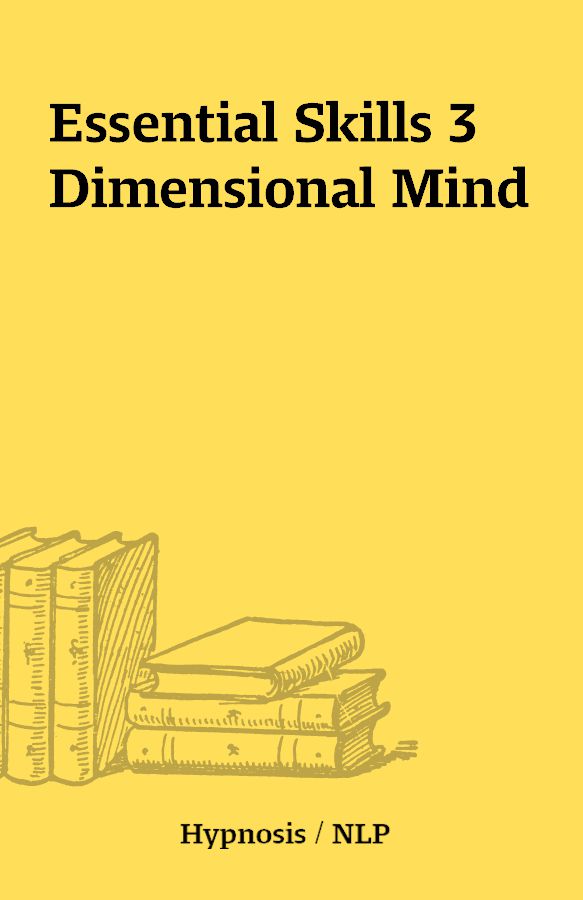
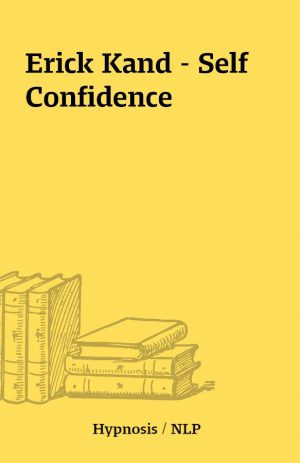
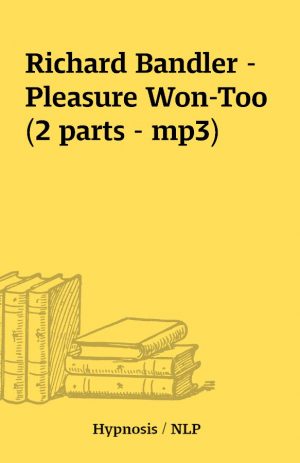
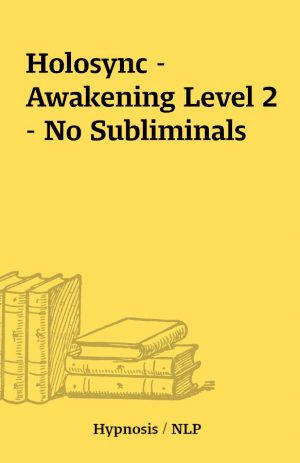
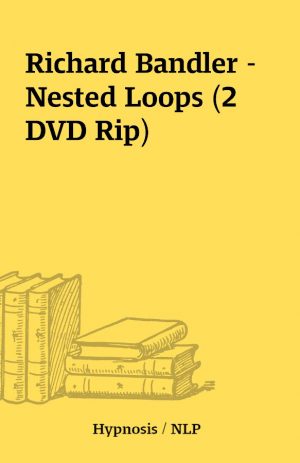
Reviews
There are no reviews yet.